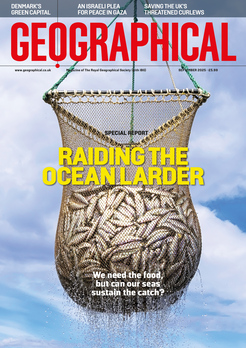
Fiona Stafford explores the history of British landscape and the human impact of recent changes
By
Academic and author Fiona Stafford sets out to convey the sweeping changes that have impacted the British landscape, while at the same time revealing the startling occurrences where history pokes through, tying us to the past and connecting us to the unbroken passage of time as it relates to our landscape.
Travelling to a new location in each chapter, she captures a wide array of shifting spaces, from villages now immersed by reservoirsClick here to order your copy via Amazon and abandoned industrial projects to ever-changing fens and still-ancient portions of forest (albeit abutted by ugly carparks). So, too, and with obvious appreciation for their work, does she follow in the footsteps of those travellers who most successfully put landscape to paper: from Burns and Keats to Celia Fiennes and Charles Dickens via the Wordsworths.
In focusing on places that have experienced great change, Stafford asks poignant questions. While exploring the fens – once flooded, then drained, now with new plans underway for at least a partial return to wetness – she questions at what point a landscape is at its most desirable. Just because it was one way in the past, does that make it the right way? ‘A sense of place dawns, deepens, dips, drops away and redevelops over decades, centuries, millennia. Is there an optimal point for arresting time, for defining the quintessential character of a place?’ For the fens, where there is a certain amount of opposition to new plans that would gradually restore the land to an earlier condition, she concludes, ‘it’s difficult to find firm ground’.
Stafford’s history neither celebrates human impact on the land, nor derides it. Instead, she reflects what she finds, an endless shifting and re-purposing of that which nature provides. It makes for a rather surprisingly soothing account of our small but varied islands.




